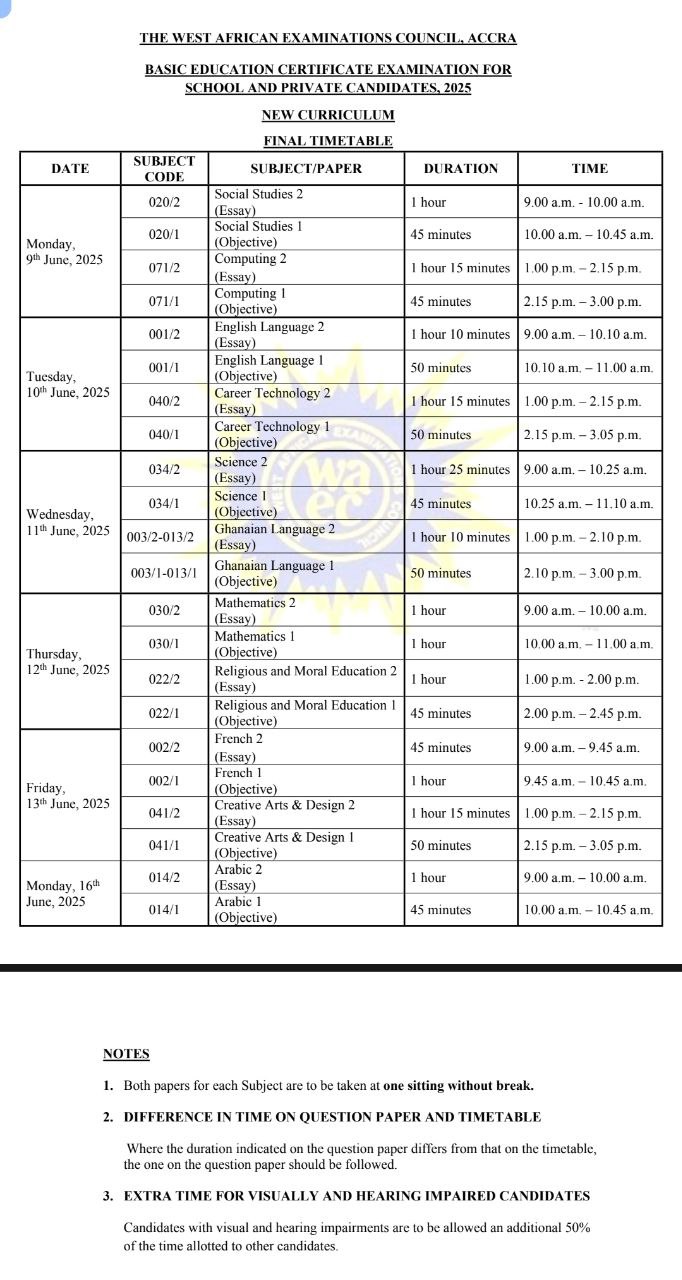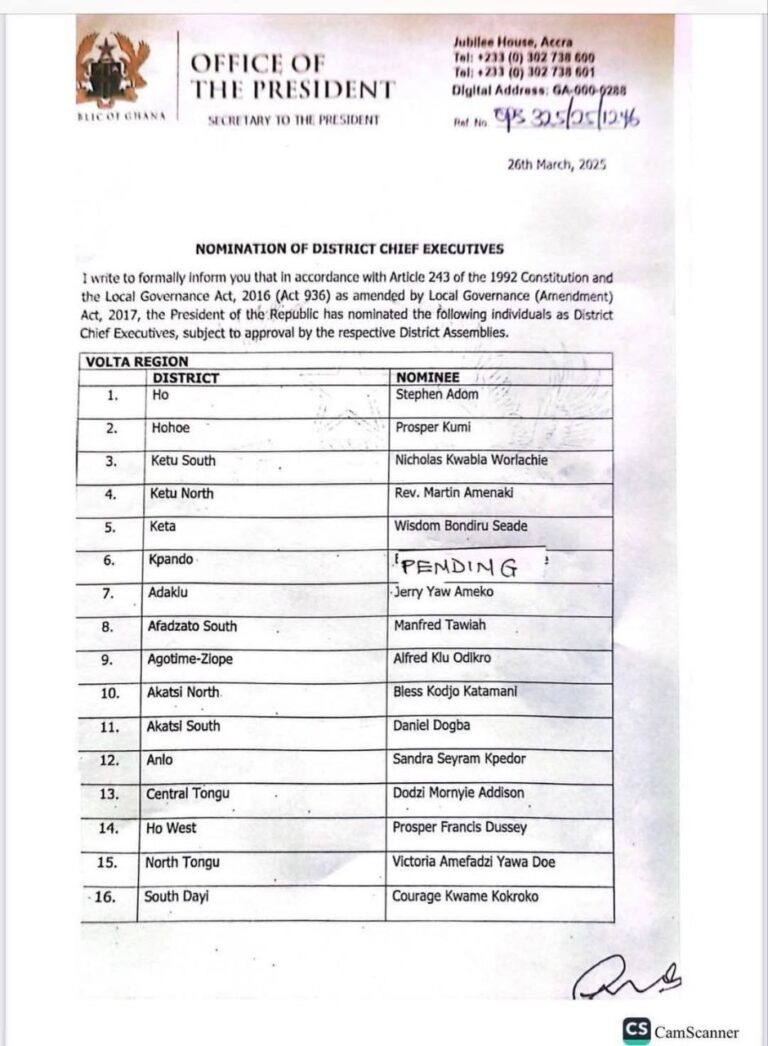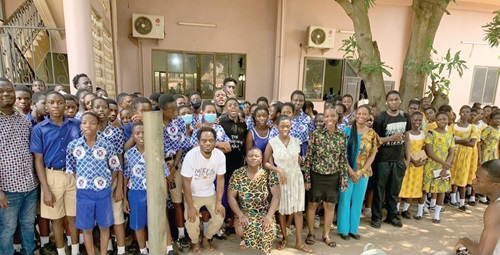Key Levels of Assessment Level 1, 2, 3, 4, Explanations and Examples Level 1; Recall Level...
ASSESSMENT
How to Use GESI responsive assessment as a Teacher The Teacher 1) reviews student attendance every 2-3...




